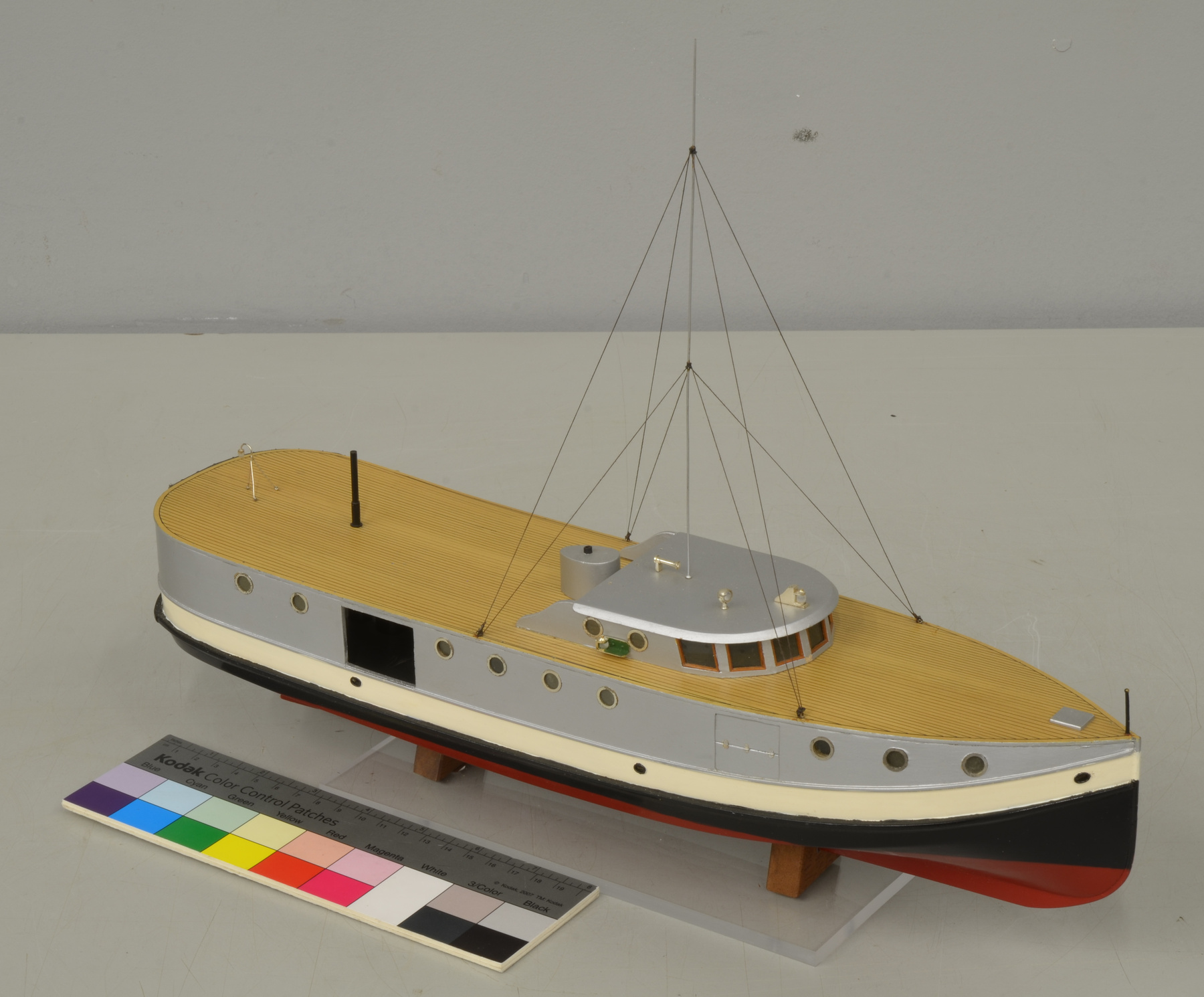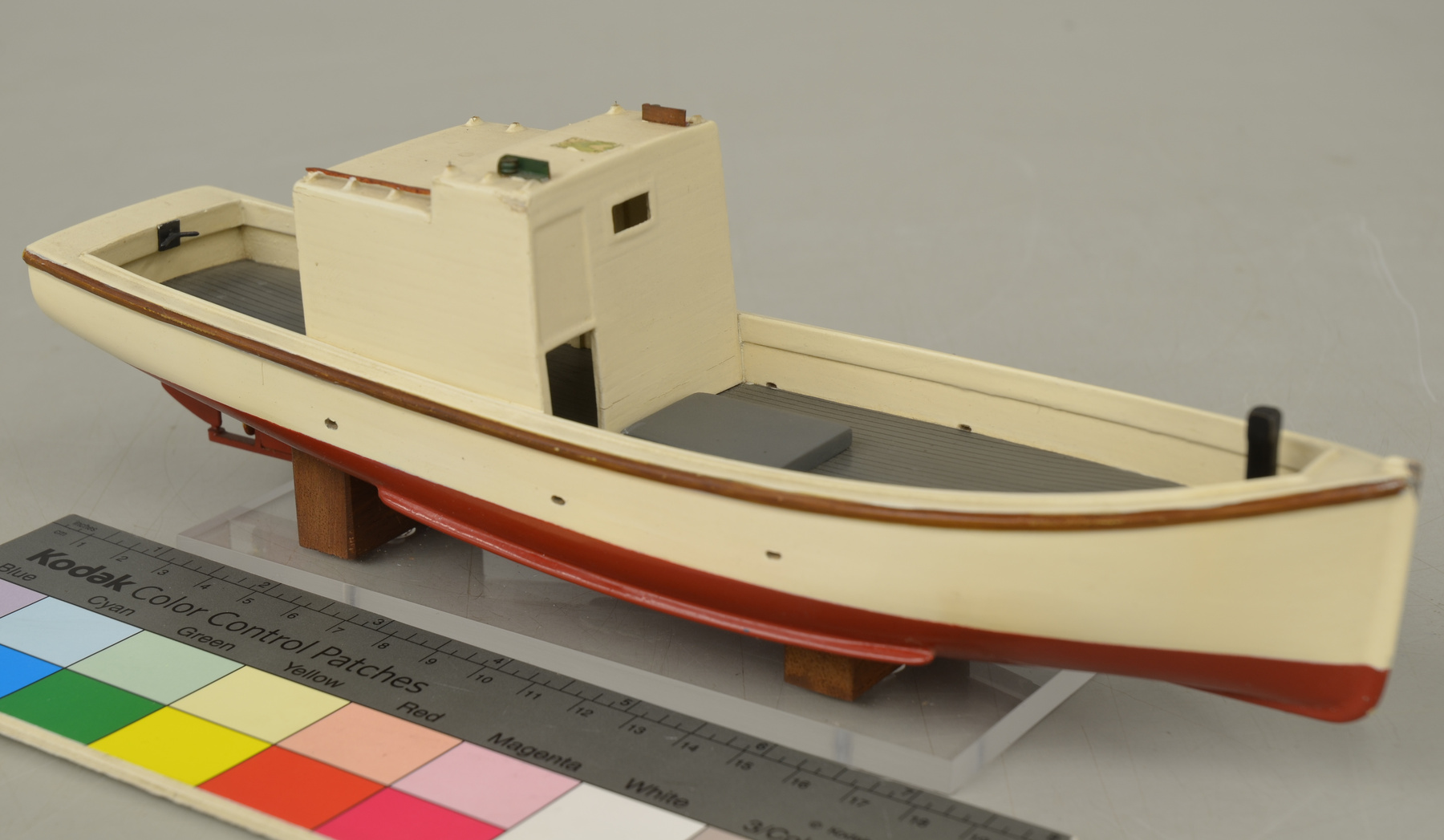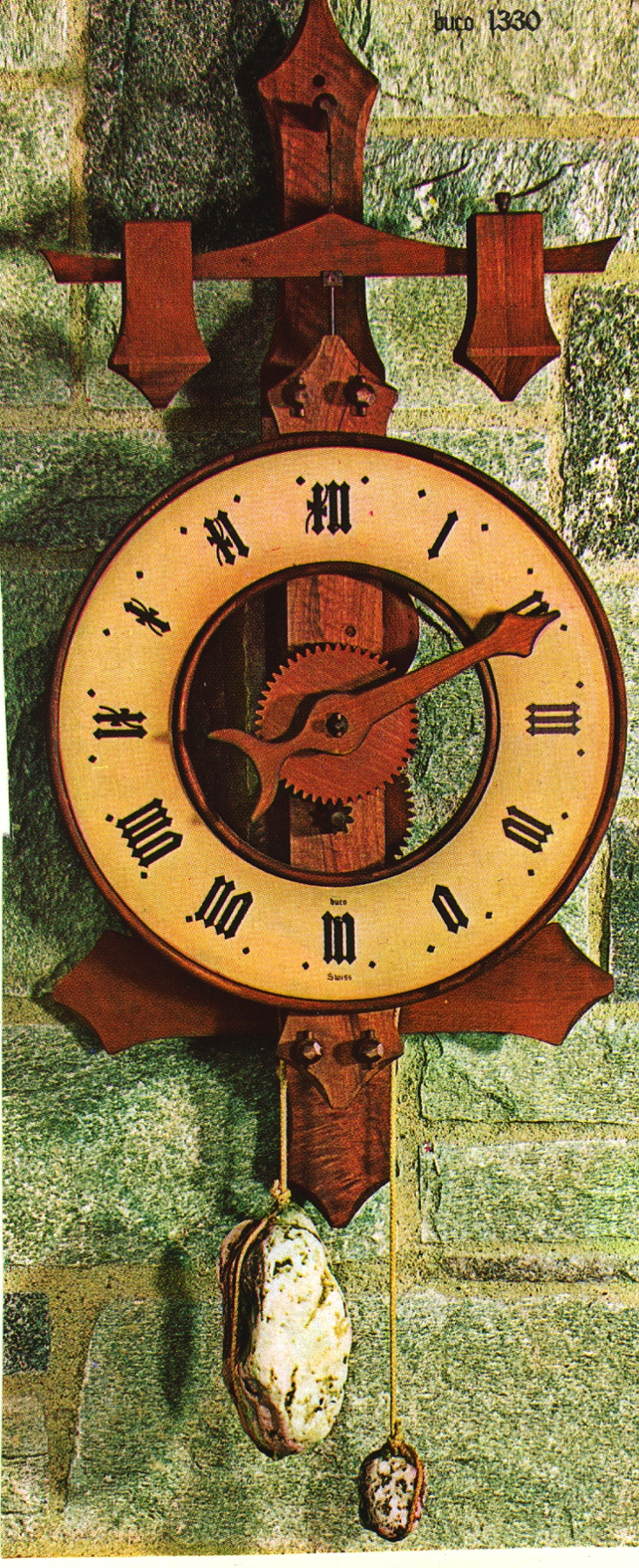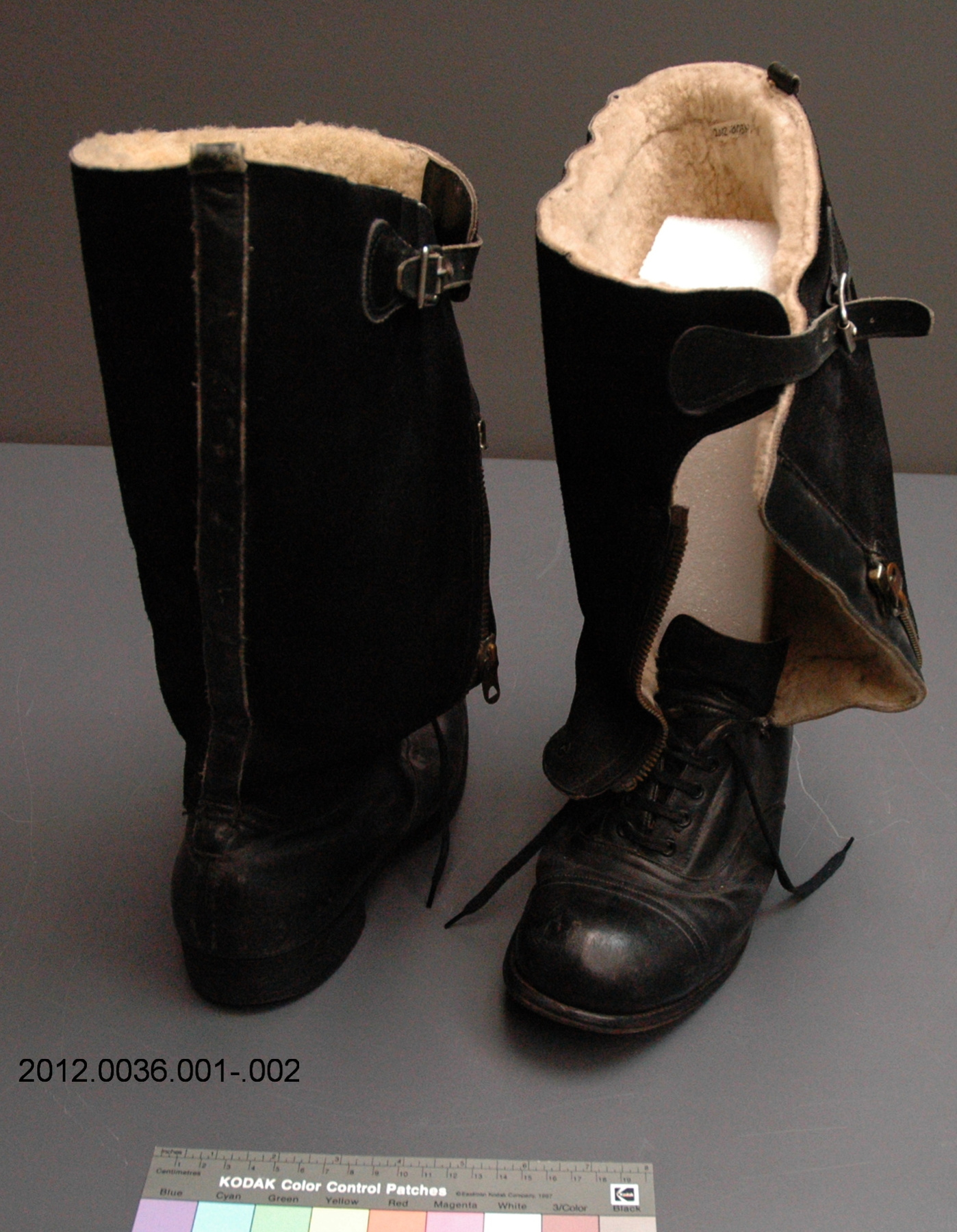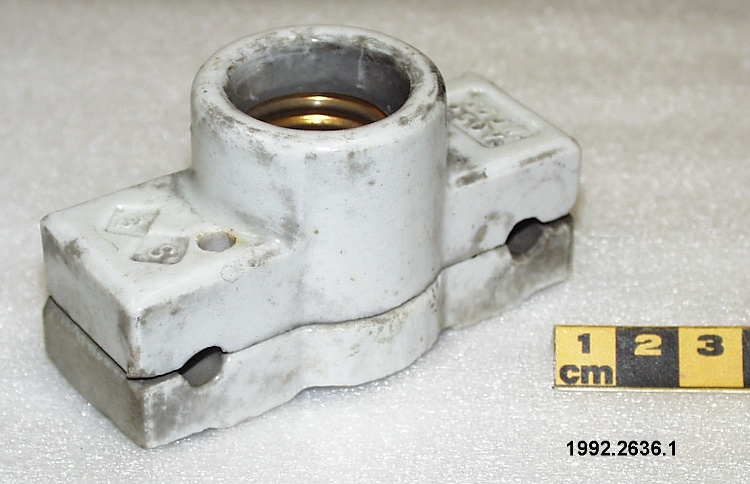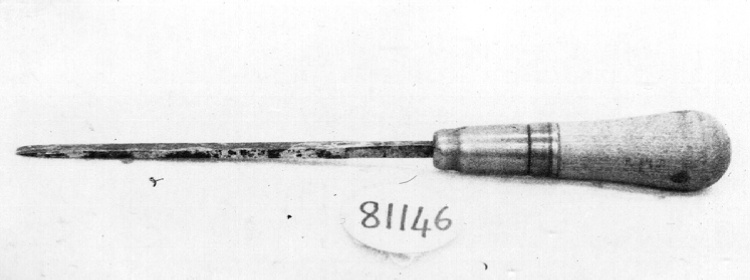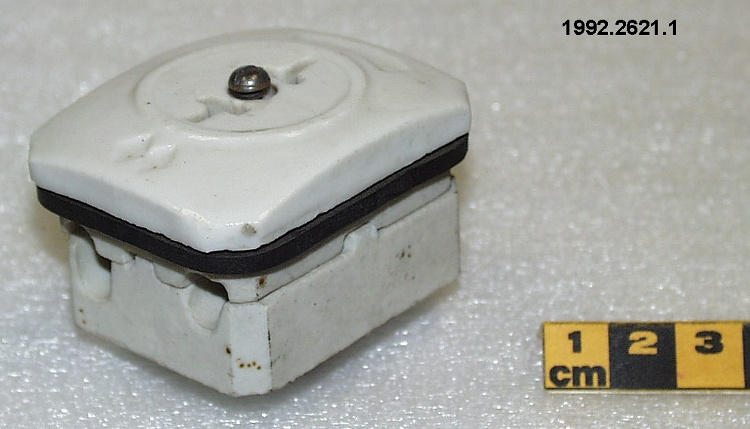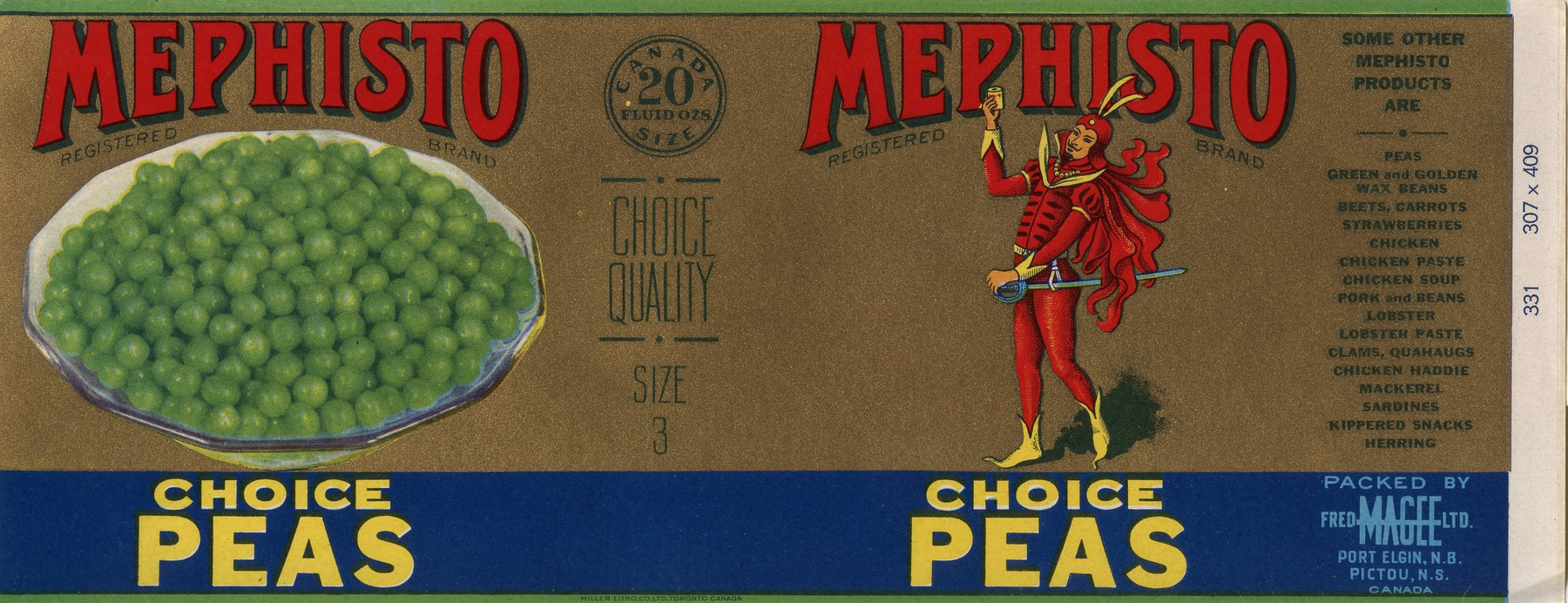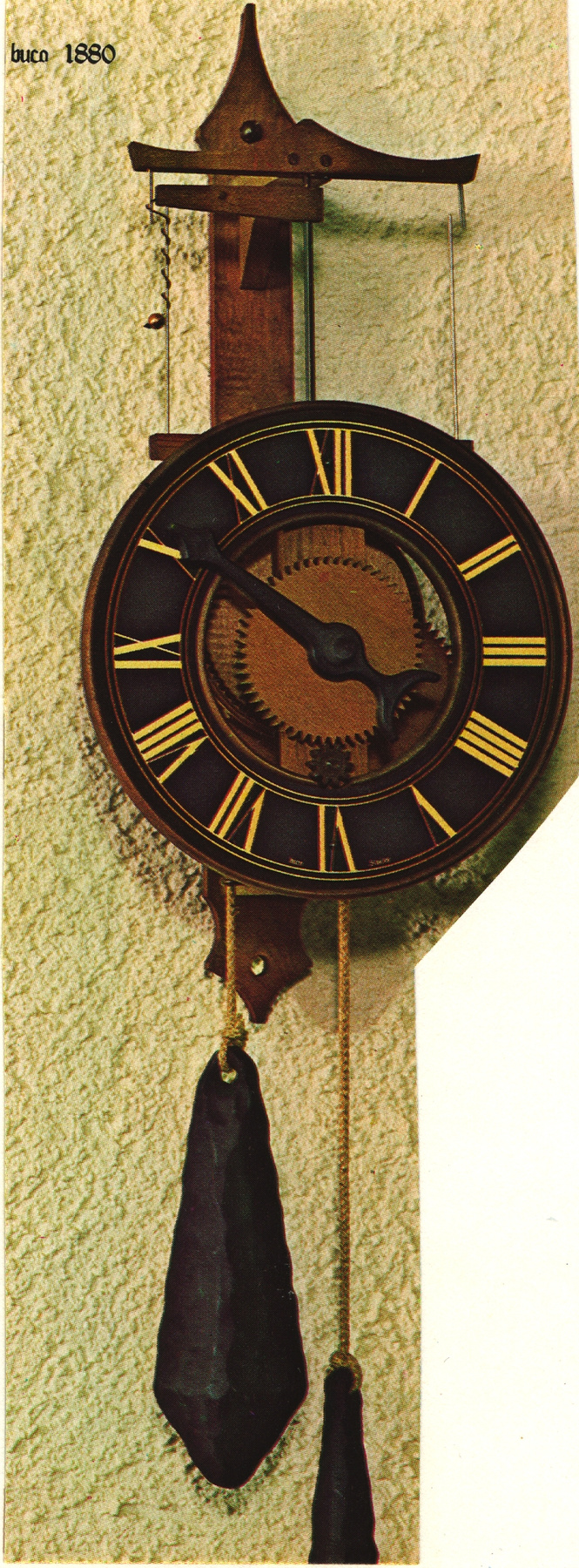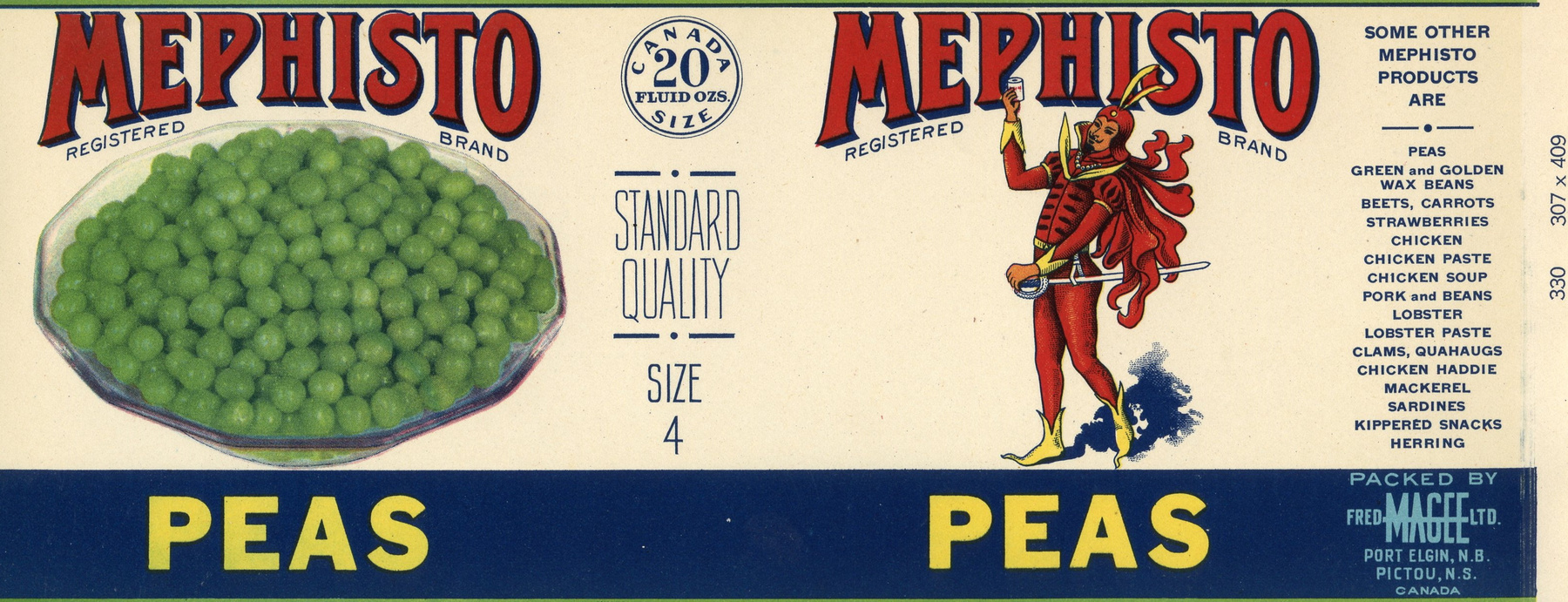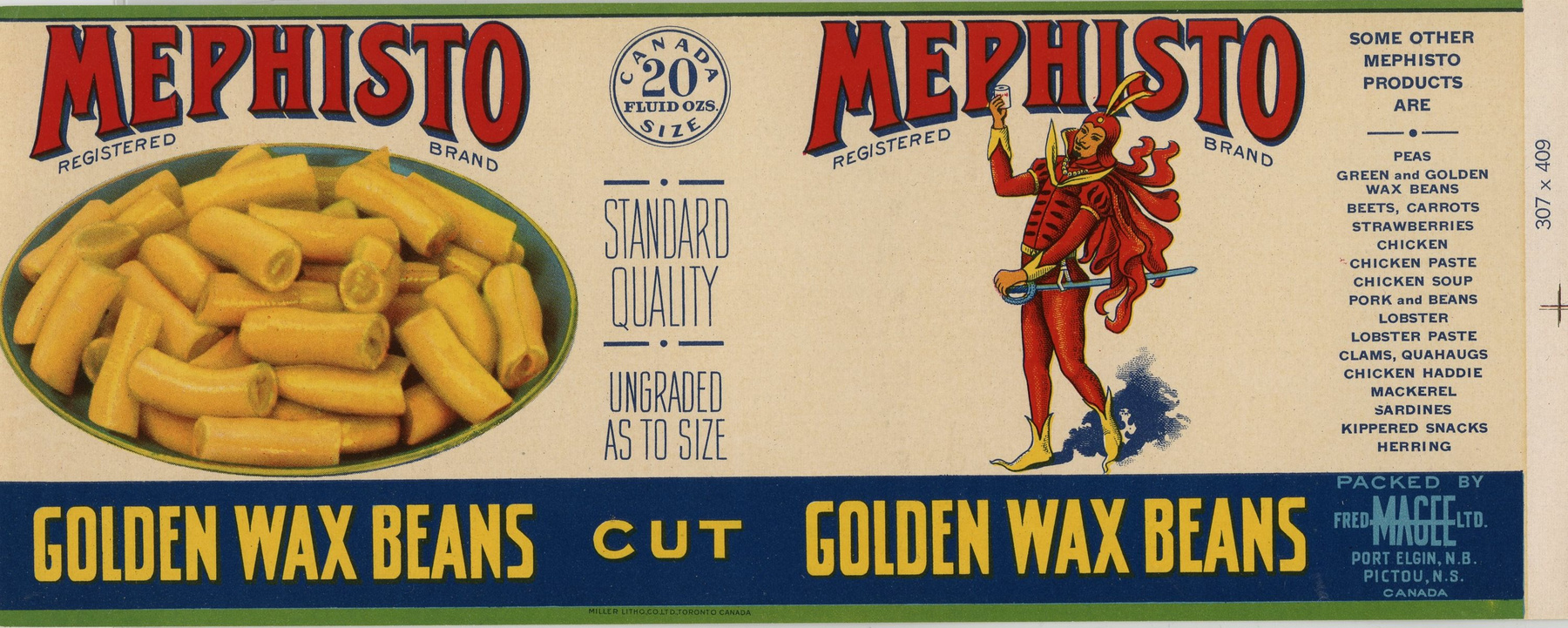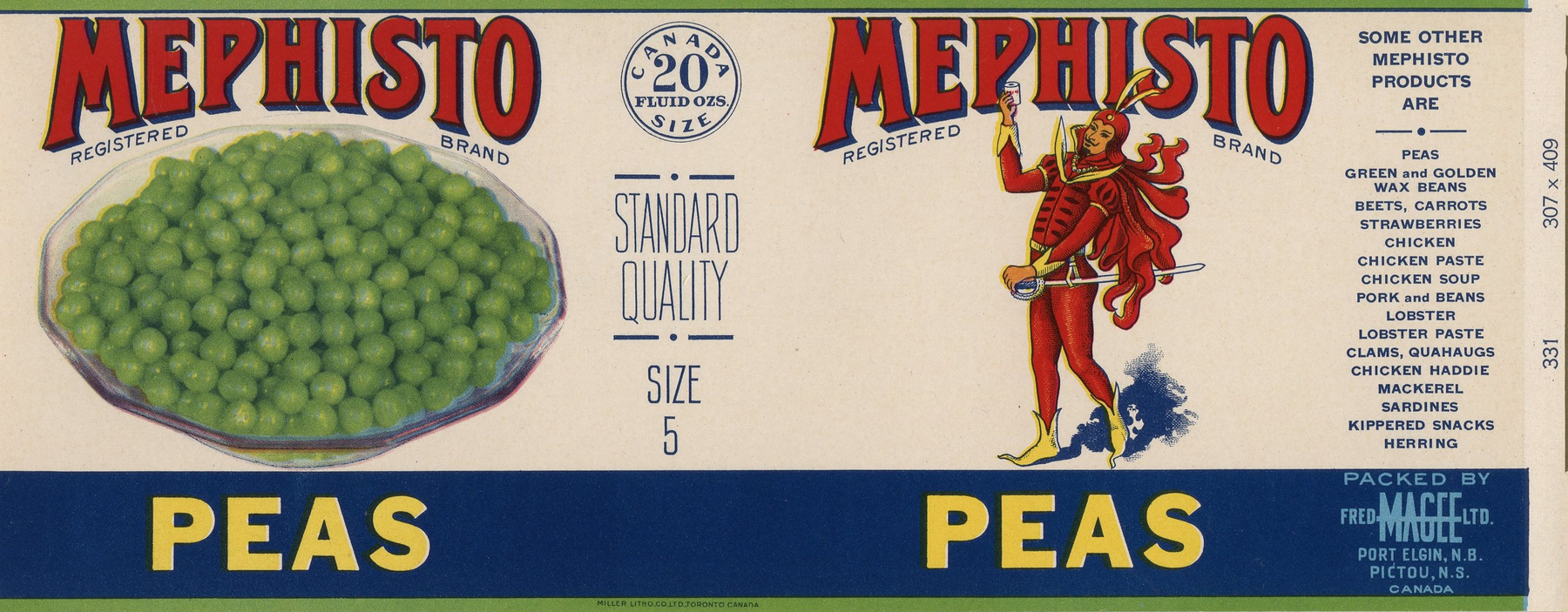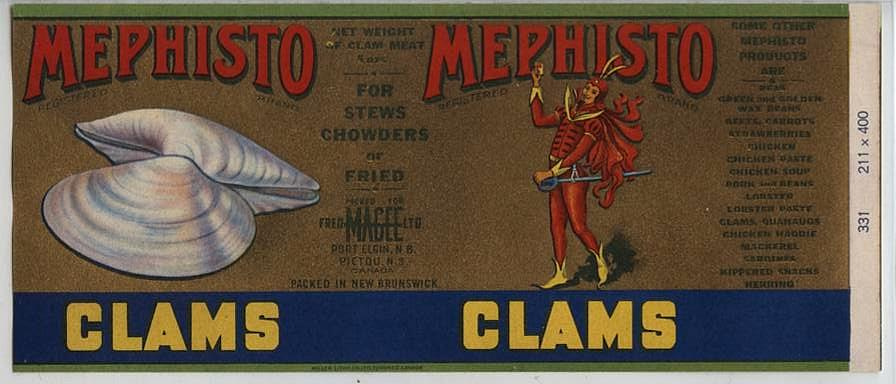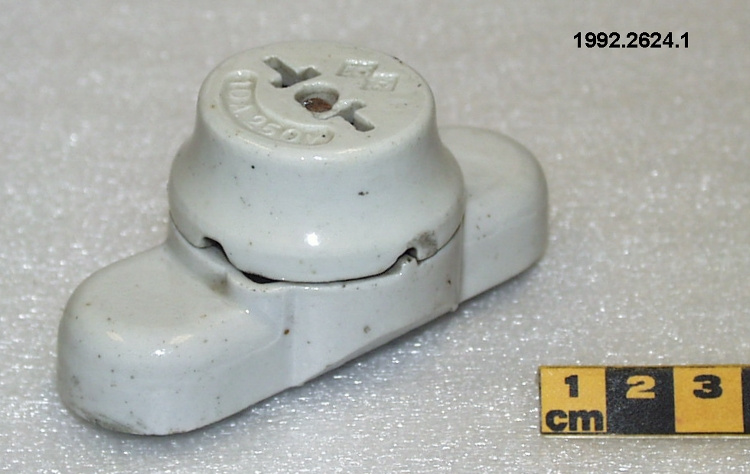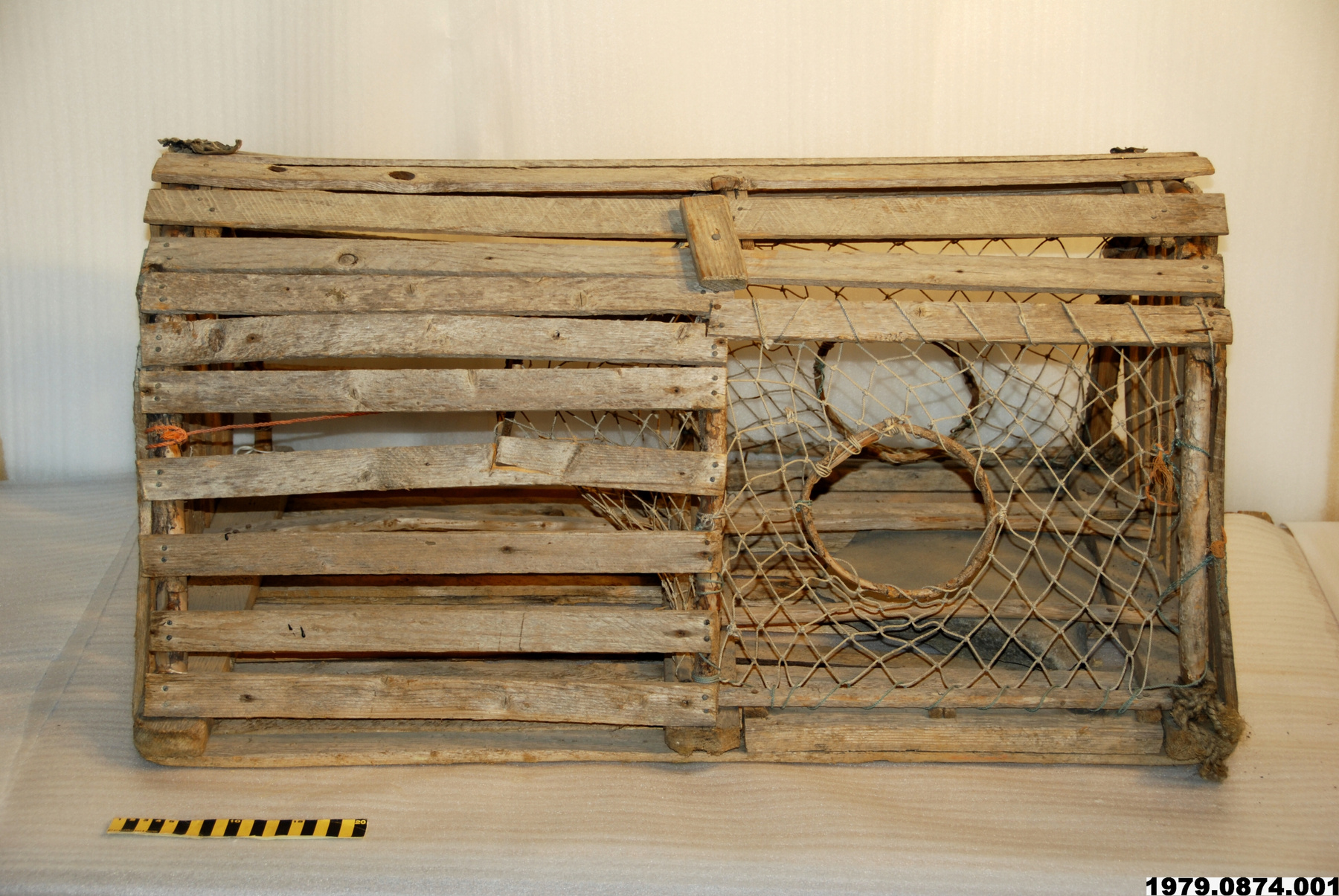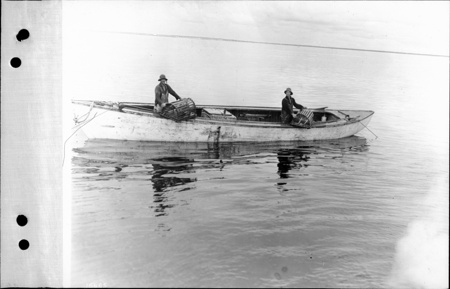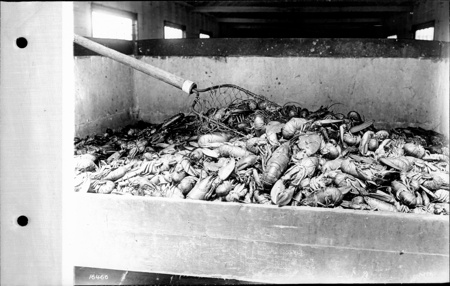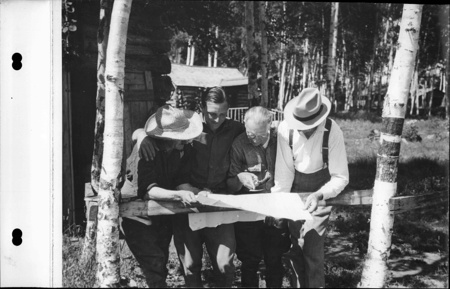Casier à homard
Utiliser cette image
Puis-je réutiliser cette image sans autorisation? Oui
Les images sur le portail de la collection d’Ingenium ont la licence Creative Commons suivante :
Copyright Ingenium / CC BY-NC-ND (Attribution-NonCommercial 4.0 International (CC BY-NC 4.0)
ATTRIBUER CETTE IMAGE
Ingenium,
1979.0874.001
Permalien:
Ingenium diffuse cette image sous le cadre de licence Creative Commons et encourage son téléchargement et sa réutilisation à des fins non commerciales. Veuillez mentionner Ingenium et citer le numéro de l’artefact.
TÉLÉCHARGER L’IMAGEACHETER CETTE IMAGE
Cette image peut être utilisée gratuitement pour des fins non commerciales.
Pour un usage commercial, veuillez consulter nos frais de reproduction et communiquer avec nous pour acheter l’image.
- TYPE D’OBJET
- Lobster pot
- DATE
- Inconnu
- NUMÉRO DE L’ARTEFACT
- 1979.0874.001
- FABRICANT
- Inconnu
- MODÈLE
- Home built
- EMPLACEMENT
- Unknown
Plus d’information
Renseignements généraux
- Nº de série
- S/O
- Nº de partie
- 1
- Nombre total de parties
- 1
- Ou
- S/O
- Brevets
- S/O
- Description générale
- Wood/ Cotton string/ Stone weight.
Dimensions
Remarque : Cette information reflète la taille générale pour l’entreposage et ne représente pas nécessairement les véritables dimensions de l’objet.
- Longueur
- 92,5 cm
- Largeur
- 65,5 cm
- Hauteur
- 43,0 cm
- Épaisseur
- S/O
- Poids
- S/O
- Diamètre
- S/O
- Volume
- S/O
Lexique
- Groupe
- Service des pêches
- Catégorie
- Outils et équipement
- Sous-catégorie
- S/O
Fabricant
- Ou
- Inconnu
- Pays
- Inconnu
- État/province
- Inconnu
- Ville
- Inconnu
Contexte
- Pays
- Canada
- État/province
- Inconnu
- Période
- Inconnu
- Canada
-
Type of trap made in Canada and used in Canada for inshore lobster fishing. Before the arrival of Europeans, the Micmac and Maleseet Amerindians of Atlantic Canada were fishing lobsters. The fishermen from European origins were also fishing lobsters by spearing them but it was not then for commercial purposes. Commercial fishing of lobsters began in the mid-19th century. - Fonction
-
To catch lobster in inshore fishing. - Technique
-
Before traps, fishermen were fishing lobsters for their personal use, by spearing or gaffing them. Some of them were selling their catch and as lobsters without spearing marked had higher prices, they started to use wire cages. These wire cages were adapted from Europeans who used them to catch crayfish and Spiny lobsters. The original wooden lath trap is said to have originated in Cape Cod in 1810 and was later brought to Canada. Traps used to be made by the fishermen during the winter season. Size and design of cages vary depending on localities but they were mainly constructed of curved pieces of wood, laths, and cotton or nylon twine. Lobster traps for offshore fishing are made sturdier, larger and are constructed of a metal or heavy wooden frame covered with wire mesh. The practice of lobster fishing also varies according to region. In some, the traps are set in groups of ten and in others, they are set individually. They are usually set near a rocky bottom preferred by lobsters and are ballasted with flat stones or concrete slabs to sink them. They are marked with buoys to easily locate them. This particular trap has a flat stone to keep the trap to the bottom and the net is made of twine. We used to find this type of lobster trap along the coast of New England, Nova Scotia, New Brunswick, Newfoundland, Gaspé Peninsula, north shore and the Magdalene Islands. Each "trap has one or more funnel-shaped openings fashioned from twine, which allow the lobster to enter the trap but prevent it from escaping. They are baited with either fresh or salted fish, commonly herring, mackerel or gaspereau." The bait is situated in the middle of the cage, on a small pointed stick made of wood and about 10 inches long. The last compartment after the second funnel-shaped passage is called the salon or prison. Only small lobsters can escape through small vents. - Notes sur la région
-
Inconnu
Détails
- Marques
- S/O
- Manque
- Appears complete.
- Fini
- No finish; 'Weathered'
- Décoration
- S/O
FAIRE RÉFÉRENCE À CET OBJET
Si vous souhaitez publier de l’information sur cet objet de collection, veuillez indiquer ce qui suit :
Fabricant inconnu, Casier à homard, Date inconnue, Numéro de l'artefact 1979.0874, Ingenium - Musées des sciences et de l'innovation du Canada, http://collection.ingeniumcanada.org/fr/id/1979.0874.001/
RÉTROACTION
Envoyer une question ou un commentaire sur cet artefact.
Plus comme ceci

